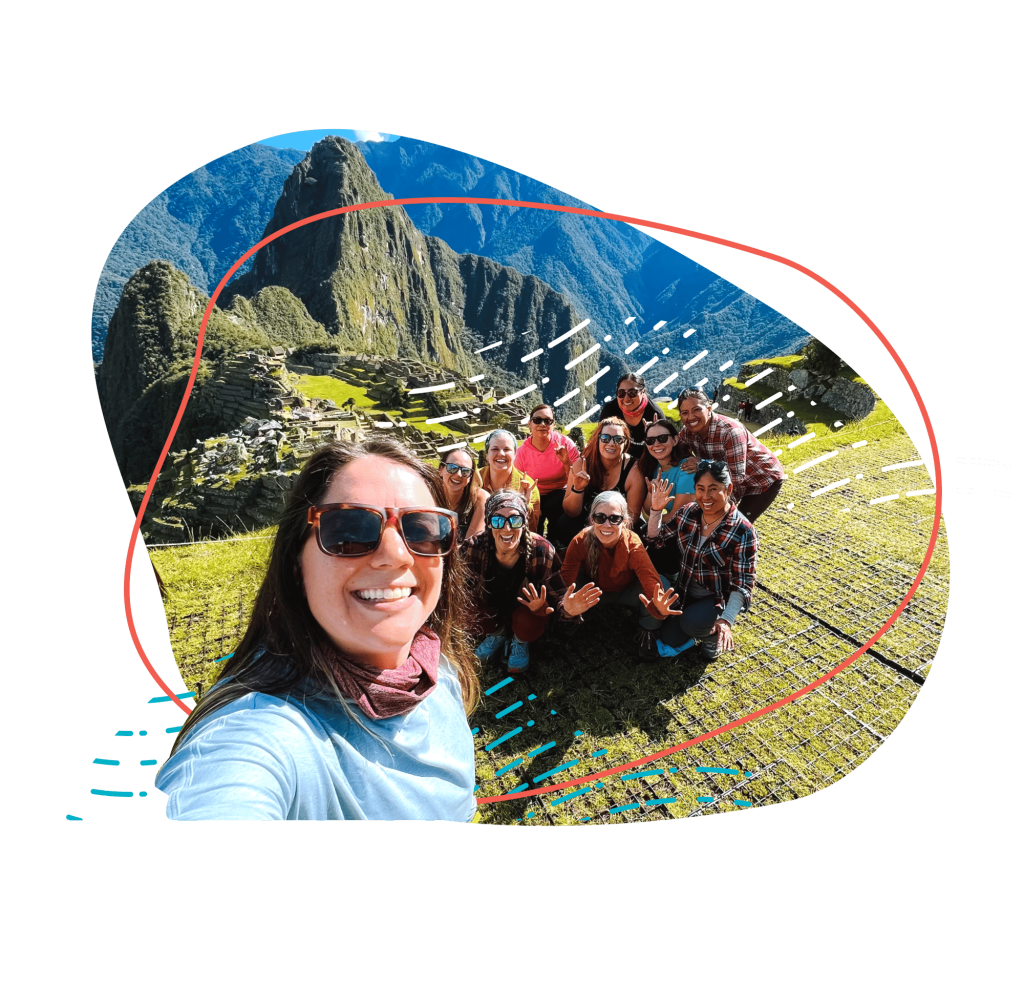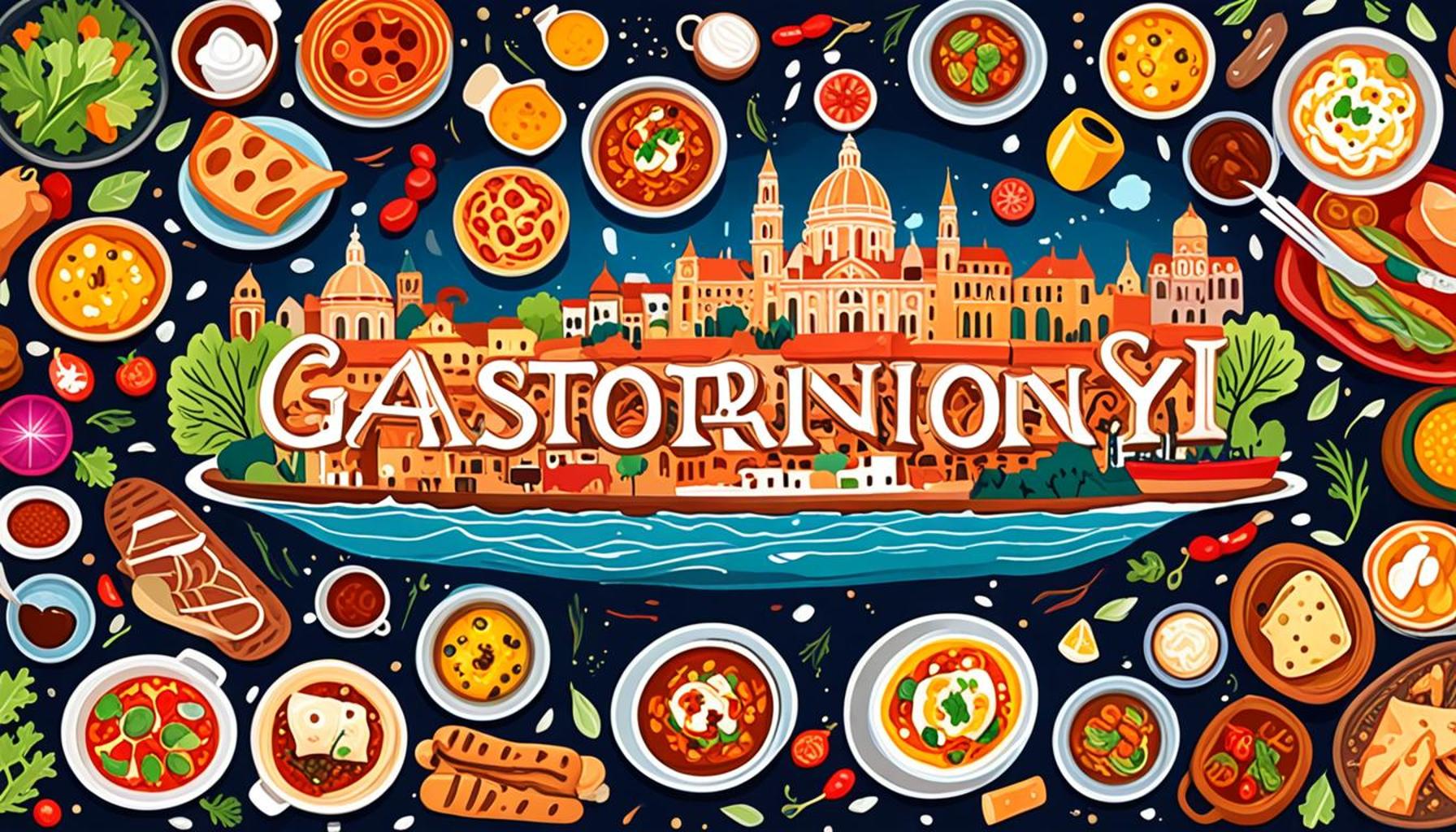Authentic Experiences: Itineraries that Promote Direct Interactions with Communities and Their Customs

Unveiling the Essence of Travel
Today’s travelers are not merely content with stunning panoramas; they crave authentic experiences that immerse them in local traditions and foster genuine connections with the communities they visit. This deeper engagement transforms a standard vacation into a profound journey that transcends typical sightseeing, allowing for a richer understanding of diverse cultures.
Why Opt for Authentic Experiences?
- Connection: Establishing rapport with locals opens doors to their daily lives. For instance, visiting a small Appalachian town can lead to engaging conversations with residents who share stories of their heritage and customs, making your visit more meaningful.
- Cultural Immersion: Experiences like attending a powwow in the American Midwest or joining a traditional Cajun cooking class in Louisiana allow travelers not only to observe but actively participate in significant cultural practices. This hands-on approach cultivates an appreciation for the artistry and history behind these traditions.
- Sustainable Tourism: By supporting community-focused itineraries, travelers contribute to the local economy. Whether it’s shopping at an artisanal market in Santa Fe or staying in a family-run bed and breakfast in Vermont, each choice helps preserve the culture and environment of the destination.
Traveling with a sense of purpose invites a transformative experience, turning mundane activities into exciting adventures. Imagine exploring the colorful street art of Portland on a guided tour led by local artists or visiting a small vineyard in California’s wine country, where you can learn about regenerative farming practices directly from the owner.
What Awaits You on Your Journey
- Authentic Meals: Relish traditional dishes made from family recipes that have been passed down through generations. For example, tasting a homemade tamale in a kitchen in San Diego brings forth flavors tied to the region’s rich history, far beyond what restaurants may offer.
- Traditional Clothing: Attend local festivals to see and learn about the unique garments worn by community members, such as the colorful Guatemalan huipil or the intricate beaded jewelry of Native American tribes. Understanding the cultural significance of these items adds depth to your travels.
- Stories and History: Engage with community elders who share their personal narratives. Whether it’s a retired fisherman recounting tales of life on the coast of Maine or a historian detailing the struggles of civil rights activists in Georgia, these stories offer a glimpse into the heart of the culture.
Each interaction you have is a thread woven into the rich tapestry of humanity, creating lasting memories that extend beyond the surface level of tourist attractions. Are you ready to embark on a journey filled with opportunities for direct interactions with communities, discovering the myriad ways our world connects us all? Dive into itineraries designed to deepen your appreciation of culture and foster unforgettable experiences.
DIVE DEEPER: Click here to uncover delicious local flavors
Journey Beyond the Tourist Trail
When travelers seek authentic experiences, they often envision paths less trodden, where the heartbeat of local life resonates in every corner. Opting for itineraries that encourage direct interactions with communities not only enriches one’s travel experience but also paves the way for fostering cultural understanding and appreciation. In the United States, a myriad of opportunities exist that allow visitors to step beyond typical attractions and join in the vibrant fabric of local culture.

Exploring Regional Cultures
Each region in the U.S. boasts its own customs, culinary delights, and stories waiting to be uncovered. From the lively streets of New Orleans, famous for its eclectic mix of French, African, and Spanish influences, to the serene Altoona Valley in Pennsylvania, where Amish traditions thrive, each locale provides a unique glimpse into its heritage. Travelers tapping into these experiences can:
- Participate in Local Festivals: Engage in events such as the Albuquerque International Balloon Fiesta, where the skies are painted with vivid colors and the community gathers to celebrate. This festival offers more than just picturesque moments; it’s a chance to witness the local culture and traditions in action.
- Attend Workshops: Join hands-on workshops like pottery classes in North Carolina or traditional weaving sessions in the Navajo Nation. These experiences enable travelers to learn from artisans and understand the significance of their crafts, fostering a sense of respect and admiration for local artistry.
- Volunteer Opportunities: Engage in meaningful projects that support communities, such as beach clean-ups in California or helping at local farms in Vermont. Volunteering not only creates positive impacts but also encourages interactions that deepen your understanding of the challenges and triumphs the community faces.
Such immersive experiences invite travelers to view the world through a local lens, creating unforgettable memories that standard tourist stops may lack. Engaging with the community, understanding their daily lives, and understanding regional challenges allows tourists to contribute positively to the places they visit. It fosters a mutual respect that honors both visitors and hosts alike.
Food as a Cultural Connector
One of the most direct ways to engage with a community is through its food. Culinary traditions often tell stories of origins, migrations, and histories. Imagine savoring a plate of freshly caught fish in a coastal town while listening to the fisherman share tales of his daily catch, or participating in a lively crab boil in Maryland, complete with local music and stories. Culinary engagements enhance the travel experience by:
- Creating Connections: Sharing a meal invites open conversations, bridging gaps and fostering friendships.
- Understanding Heritage: Each dish has history. Local guides can contextualize ingredients, recipes, and cooking methods that reflect their cultural significance.
- Encouraging Sustainability: Many local eateries source their ingredients from nearby farms, supporting the local economy and reducing environmental impact.
As travelers navigate through these authentic culinary landscapes, they discover flavors that are as enriching as the stories behind them. Thus, taking the time to delve into the culinary customs of a region not only satiates the palate but also nourishes the spirit of understanding and compassion that lies at the core of authentic travel.
| Advantages | Description |
|---|---|
| Cultural Immersion | Travelers engage directly with local customs and traditions, enhancing their understanding of the community. |
| Sustainable Tourism | Promotes economic benefits for local populations while minimizing environmental impacts. |
| Unique Experiences | Offers travelers unique experiences like cooking classes or traditional art workshops that are not found in typical tourist itineraries. |
| Community Connection | Fosters meaningful connections between tourists and locals, promoting mutual respect and understanding. |
The theme of Authentic Experiences is increasingly relevant in today’s travel landscape, where tourists seek more than just sights; they yearn for genuine interactions that deepen their travel experiences. By promoting itineraries that encourage local connections, travelers not only enrich their own journeys but also contribute positively to the communities they visit. These itineraries often include local guides who share in-depth knowledge and personal stories that illuminate the rich tapestry of the destination’s culture. As the demand for such experiences grows, more travelers are recognizing the value of engaging with local traditions and customs, making their trips not just memorable, but impactful.
DISCOVER MORE: Click here for family holiday adventures
The Art of Storytelling
Every community has stories that define its identity, often passed down through generations. Engaging with locals allows travelers to unravel these narratives, offering profound insight into the cultural fabric of the region. Initiatives centered around storytelling can elevate itineraries by incorporating unique experiences that accentuate community voices. Travelers can:
- Join Storytelling Circles: In areas like the Pacific Northwest, storytelling is an art form practiced by Native American tribes. Joining a storytelling circle provides travelers with a candid glimpse into the rich history, myths, and traditions that shape local life, allowing them to appreciate how these tales influence contemporary culture.
- Engage with Local Historians: Many towns have resident historians who offer guided tours filled with anecdotes and colorful accounts of the area’s past. For instance, in Savannah, Georgia, historical reenactments bring to life the stories of its colonial roots, helping visitors connect emotionally and intellectually with the community’s history.
- Participate in Theatrical Performances: Local theaters or community groups often present plays that illustrate local tales or folklore. Attending such performances, like the ones held in the Appalachian region that highlight Appalachian culture, allows visitors not only to enjoy a night of entertainment but also to engage with the themes that reflect the community’s experiences and struggles.
Storytelling forms a bridge between travelers and the local community, allowing them to connect through shared experiences and emotions. Rather than passively absorbing information, participants become engaged listeners, fostering a deeper sense of appreciation and empathy.
Artistry and Craftsmanship
Art and craftsmanship are vibrant expressions of a community’s values and traditions. Participating in art-related activities allows travelers to delve into the heart of a region’s cultural identity. Whether through markets, galleries, or workshops, art provides a tangible connection to the place. Travelers can:
- Visit Artisans’ Workshops: In places like Santa Fe, New Mexico, travelers can tour local galleries and meet artisans who create traditional pottery, jewelry, or textiles. Observing the creative process empowers participants to understand the artistry behind local crafts, revealing the dedication and skill involved in the work.
- Participate in Community Art Projects: Many cities host community-driven mural projects that reflect social issues and local pride. Engaging in these initiatives, such as the murals in Philadelphia that celebrate African American history, allows visitors to collaborate with locals, leaving a lasting impact while gaining insights into community challenges and resilience.
- Explore Local Art Fairs: Events like the Ann Arbor Art Fair not only provide opportunities to purchase unique creations but also promote interactions with artists eager to share their inspiration and process. These personal exchanges can shape the way travelers perceive and appreciate artwork, transforming a mere transaction into a dialogue.
Through artistry and craftsmanship, travelers can see the world from a different viewpoint. By immersing themselves in the creation of art, they engage with the cultural narratives woven into the pieces, thereby enhancing their overall travel experience and promoting a stronger bond between visitors and the community.
Sustainable Tourism and Community Support
In recent years, the conversation around sustainable tourism has gained momentum, emphasizing the need for travel practices that preserve cultural heritage and support local economies. Travelers can embrace this ethos by choosing experiences that promote community well-being and environmental sustainability. Options include:
- Participating in Ecotourism: Travelers can engage in eco-friendly initiatives, such as guided nature walks in Oregon’s forests led by community members who emphasize the importance of preserving local ecology. These experiences allow travelers to appreciate natural beauty while actively participating in conservation efforts.
- Staying in Locally-Owned Accommodations: Instead of choosing large hotel chains, opting for bed-and-breakfasts or eco-lodges run by locals ensures that your spending directly benefits the community. This practice helps sustain family-run businesses and fosters a personal connection with the hosts.
- Shopping at Local Markets: Frequenting farmers’ markets or craft fairs not only supports local artisans and farmers but also exposes travelers to authentic local flavors and products. This interaction enriches the traveler’s experience while aiding economic sustainability.
By integrating sustainable tourism practices into travel itineraries, visitors contribute positively to the cultural and environmental ecosystems that host them. This commitment fosters a reciprocal relationship, strengthening the community’s fabric while enabling visitors to engage meaningfully with local customs.
DISCOVER MORE: Click here to uncover breathtaking itineraries
Embracing Authenticity in Travel
In a world increasingly dominated by mass tourism, there lies a profound opportunity for travelers to seek out authentic experiences that foster direct interactions with communities. By engaging in activities that encourage storytelling, artistry, and sustainable practices, visitors not only enrich their own journeys but also contribute significantly to the vibrancy and livelihood of local cultures. Itineraries that highlight community engagement can transform a simple trip into an unforgettable voyage of discovery, where interactions are layered with meaning and insight.
From joining storytelling circles to exploring local art markets, travelers become part of a rich narrative that goes beyond surface-level experiences. These moments of connection — whether through a shared meal, participation in traditional crafts, or learning about the challenges and triumphs of local inhabitants — create lasting memories that ripple across both the visitor and the host.
Moreover, by prioritizing sustainable tourism, travelers can ensure their presence is not just a momentary footprint but part of a long-term commitment to preserving cultural heritage and supporting local economies. This symbiotic relationship allows for a dialogue that enhances mutual understanding and appreciation.
As you plan your next adventure, consider how you can embed authenticity into your itinerary. Explore the narratives of the places you visit, the artistry that reflects their soul, and the communities that welcome you. Embracing these authentic experiences not only transforms your journey but also allows you to return home with a richer perspective on the world.



